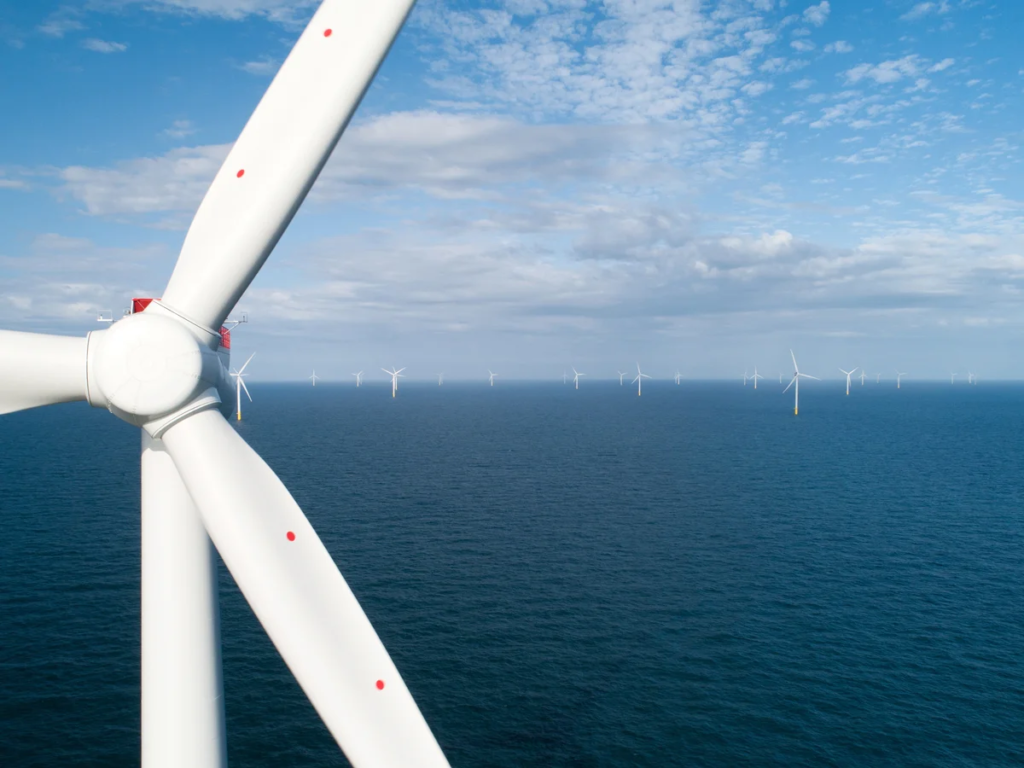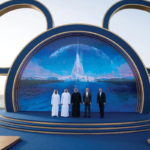Introduction
Wind power is one of the fastest-growing renewable energy sources worldwide. However, a mysterious phenomenon known as ‘wind theft’ is silently reducing the efficiency of wind farms. This blog dives into the causes of wind theft, how it impacts energy production, and what can be done to mitigate its effects.
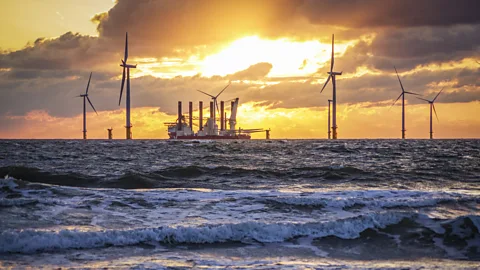
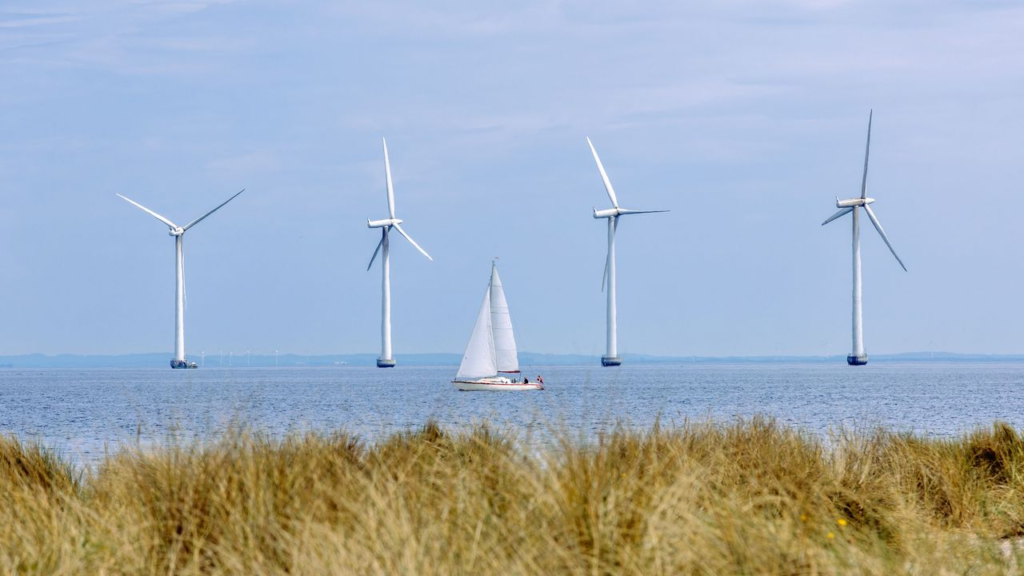

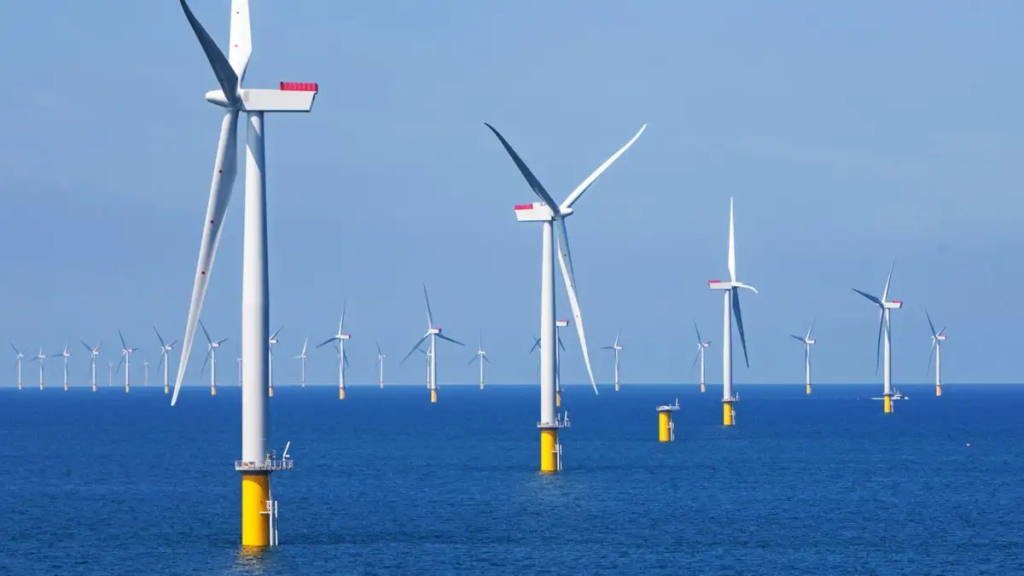
1. Turbine Wake Effect
One of the primary causes of wind theft is the turbine wake effect, where downstream turbines receive slower, more turbulent wind due to upstream turbines disrupting airflow. This results in a significant drop in power generation for turbines positioned behind others.
2. Poor Wind Farm Layout
Incorrect placement of turbines without considering prevailing wind directions or spacing guidelines leads to overlapping wind shadows. An optimized layout can reduce turbulence and ensure even distribution of wind energy.
3. Seasonal Wind Pattern Changes
Wind patterns vary throughout the year. If a farm’s layout doesn’t account for these seasonal shifts, turbines may operate in suboptimal conditions for extended periods, leading to perceived wind theft.
4. Terrain and Obstructions
Hills, forests, and buildings near wind farms can block or redirect wind flow, creating dead zones. These obstructions reduce wind speed reaching turbines, causing uneven generation across the site.
5. Aging Turbines
Older turbines are less efficient and may suffer from mechanical wear, reducing their ability to harness wind effectively. They can also disrupt airflow for newer models placed nearby.
6. Climate Change Impacts
Global climate change affects wind currents and temperature gradients, disrupting long-established wind corridors. This unpredictability complicates wind farm efficiency and planning.
7. Inadequate Maintenance
Routine maintenance is essential for turbine performance. Dirty blades, worn components, or software issues can reduce the turbine’s capacity to generate power and interfere with airflows affecting nearby units.
Conclusion
‘Wind theft’ isn’t an act of sabotage—it’s a complex interplay of physics, environment, and engineering. By understanding its causes—from the turbine wake effect to aging infrastructure—developers can implement smarter layouts, embrace new technology, and future-proof wind farms for a sustainable energy future.
Have questions about wind energy? Leave a comment below or subscribe for more updates on renewable energy trends!
